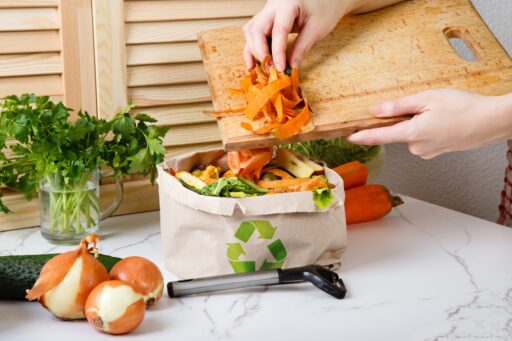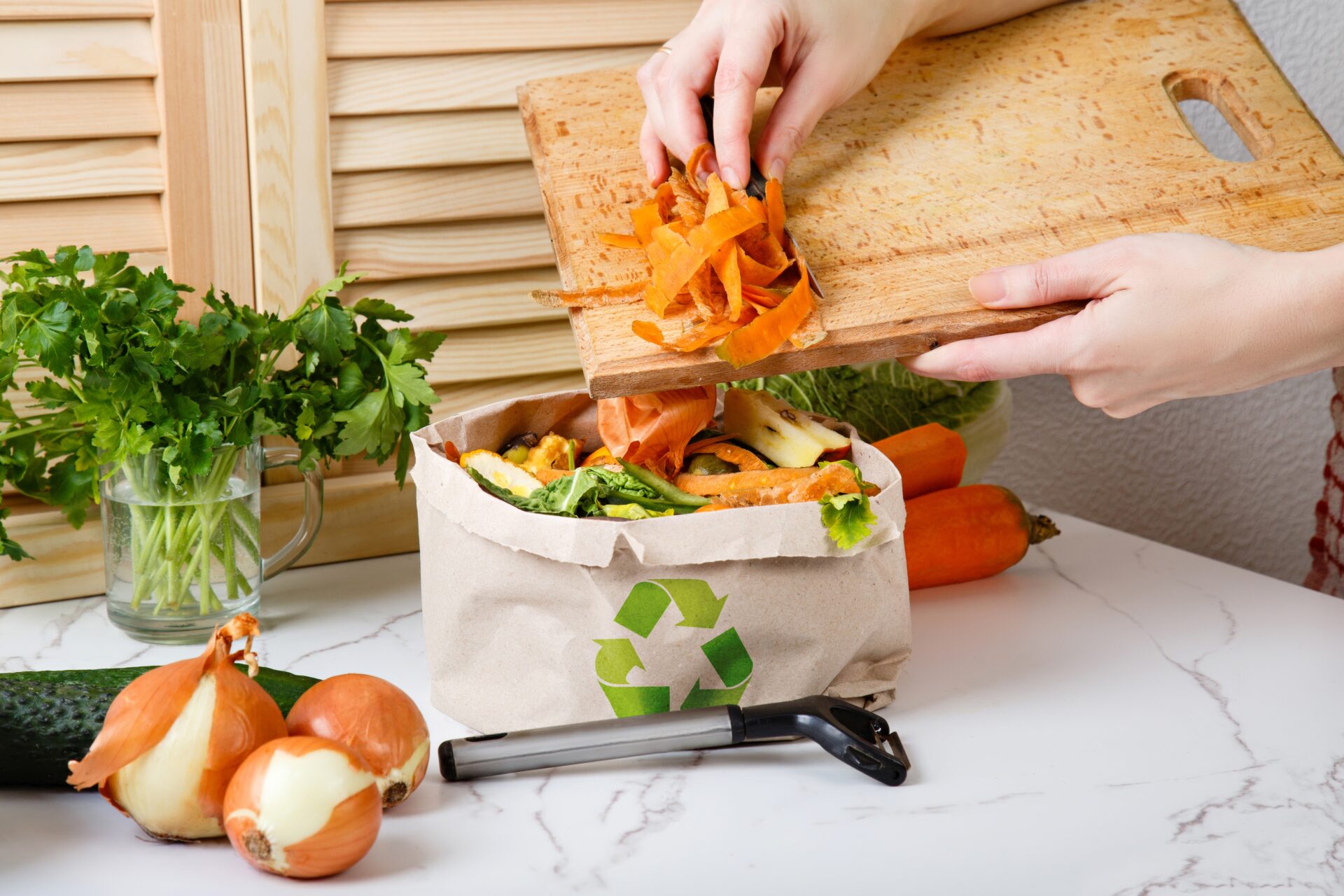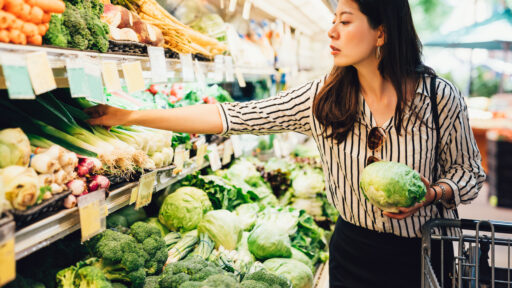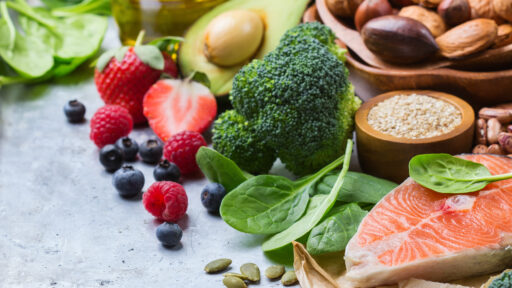If you’re looking to make your cooking routine more eco-friendly, there are a some simple steps you can take that will make a significant difference. The best part is that most of these steps will also save you money in the long run, making it a great move for both you and the environment.
By implementing these small changes, you can reduce your carbon footprint and contribute to a more sustainable future.
Maximize Your Oven Use
During the 10 minutes when your oven preheats, you can toast nuts or dry bread crumbs to save time. To maximize your oven use, plan your baking so that you can use both oven racks at once. If you have a toaster oven that can do the job, use that instead of your big oven, especially if your oven runs on gas. Using a smaller appliance requires less energy, and since it’s electric, it could help lower your carbon footprint.
Cook Like You’re on Appearing on TV Show Chopped
If you let the contents of your refrigerator and pantry dictate what you cook, you will rarely have any waste. This approach is similar to appearing on the show Chopped, but without a timer, critical judges, or heartbreak. To help stimulate your creativity, Tamar Adler’s The Everlasting Meal Cookbook is an excellent resource. The cookbook has more than 500 pages of A-to-Z leftovers inspiration and includes easy ideas for even the most unusual leftovers.
Don’t Live By Expiration Dates
The patchwork system of sell-by, best-by, and other dates can be confusing. These dates typically refer to food quality, not safety, and there are few consistent standards. This can lead many people to discard food that’s safe and good to eat. So, think twice before tossing something just because it’s past the date on the package.
Assuming refrigerated food has been handled properly, your senses are the best guide to what’s safe to eat. If the milk smells sour once poured into your glass, if fuzz is growing inside the jar of salsa, or if the meat feels a little slimy, that’s your cue to toss it. However, use-by dates are an exception and should be taken seriously as they can be a safety notice.
To avoid food waste, it’s important to understand the difference between sell-by, use-by, and best-by dates. The table below provides a quick summary of what each date means:
| Date Type | Meaning |
|---|---|
| Sell-By Date | The date by which the store should sell the product. It does not indicate when the product is no longer safe to eat. |
| Use-By Date | The date by which the product should be consumed. It is a safety notice and should be taken seriously. |
| Best-By Date | The date by which the product will be at its best quality. It does not indicate when the product is no longer safe to eat. |
By understanding these dates and using your senses to determine the safety and quality of your food, you can reduce food waste and save money.
Save Your Scraps for Compost
Keeping food out of the trash can benefit the environment greatly. According to the EPA, food scraps occupy approximately 25% of our landfill space and produce methane, a harmful greenhouse gas, when decomposed. Even if you don’t have the space or interest in maintaining a backyard compost pile, you can still save scraps in a countertop bin or container in the freezer for someone else to turn into compost. You can search online for “food waste pickup service” and input your zip code to see if your municipality collects scraps or if there is a local service you can hire. By doing so, you can help reduce food waste and benefit the environment.
Replace Single-Use Plastic Without Buying Anything New
If you’re looking to reduce your use of single-use plastic, there are several ways to do so without having to purchase anything new. Consider using plates to cover bowls in the fridge instead of plastic wrap. You can also repurpose plastic bread bags as produce bags, and save glass jars to store leftovers in. Other alternatives include using Stasher bags for storing leftovers, reusable totes for grocery shopping, cloth produce bags for holding fruits and veggies, and Bee’s Wrap for covering bowls and protecting items like lemon halves. By making these simple switches, you can significantly reduce your reliance on single-use plastic without having to spend any money.
Time to Kick the Paper Towel Habit
Breaking a lifelong paper towel habit can be challenging, but there are ways to make it easier. One effective strategy is to switch to recycled paper towels, which tend to be less thick and absorbent than traditional ones. This may make you less likely to reach for them. Additionally, placing the roll in an out-of-sight location, such as a pantry, can reduce the temptation to use them. Instead of paper towels, consider using Swedish dishcloths, which are reusable, washable, and compostable. These cloths are a great alternative to paper towels and can help you break the habit for good.







